This week I am sharing a real dilemma. As a matter of fact, my dilemma. I am freshening up the living room at home and I have been looking up for a rug. I love textiles for the texture and character they add to a home. I don’t mind in what form they come: tapestries, upholstery, rugs or an interesting fabric scrap that has been framed to admire. I walk barefoot and the floor is dark wood so my starting point was simply a soft rug with a light background. Below are my options… Suggestions on how to untangle this one are welcome!
The Editions
How to talk about textile art without considering Anni Albers (1899-1994, Germany)? One of the best-known textile artist of the 20th century, who later in life also worked as a printmaker. Albers took up painting at an early age and in April 1922 went to the Bauhaus at Weimar where she met and married Josef Albers. When the Bauhaus closed in 1933, under pressure from the Nazi party, Anni and Josef Albers accepted teaching positions at the experimental Black Mountain College in North Carolina, where both taught until 1949. Also on that year, her work was exhibited at the Museum of Modern Art in New York, the first textile show in the museum.
Influenced by pre-Columbian art from Peru and the Americas, her work took a distinctive aesthetic of geometric compositions. She experimented with weaving materials whilst strictly attending the fundamentals of textiles: looping, twining, knotting… and understanding a thread’s quality and behavior. Both rugs below are produced by Christopher Farr in an edition of 10 in association with the Josef & Anni Albers Foundation and they are priced £12,000 and £8,750 respectively. The first one is based on Study For Camino Real, 1967 Gouache on paper.

From Study For Camino Real, 1967 Gouache on paper
Produced by Christopher Farr in an edition of 10 in association with the Josef & Anni Albers Foundation.
Hand knotted. Handspun English wool rug. 3.05 × 3.35 m
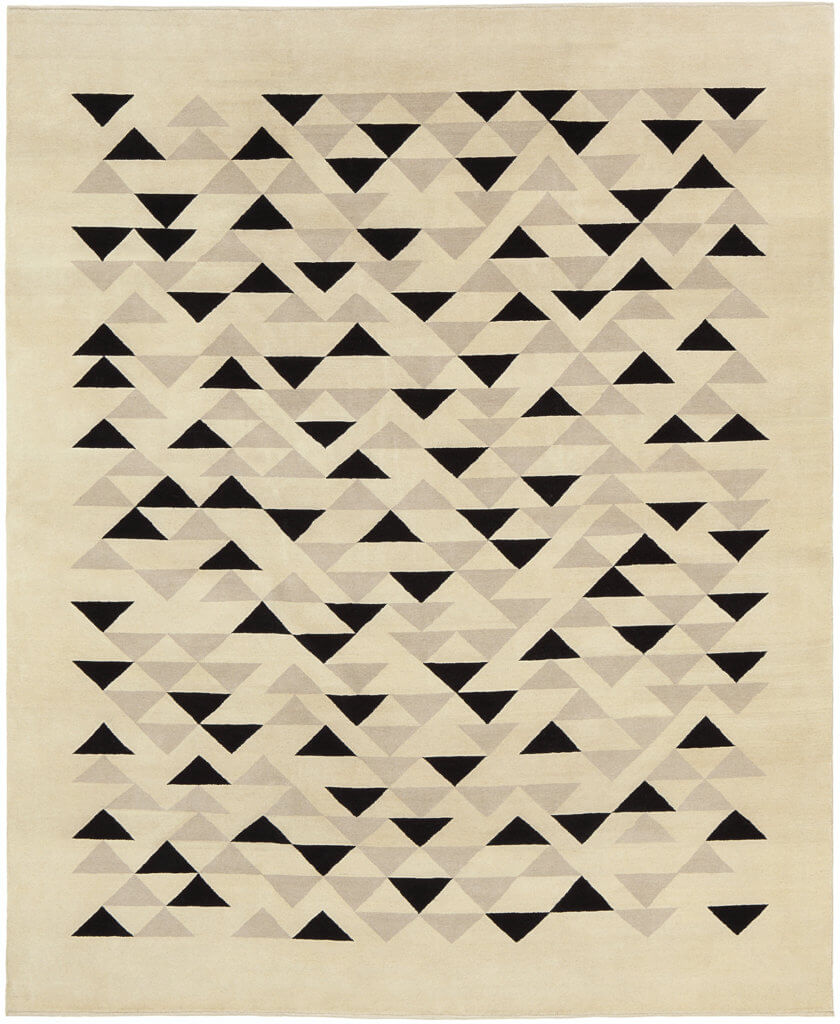
Produced by Christopher Farr in an edition of 10 in association with the Josef & Anni Albers Foundation.
Hand knotted. Handspun English wool rug. 2.44 × 3.35 m
The New
Ophelia Finke (b. 1991, Germany) is based between London and Berlin, and graduated from Central Saint Martins in 2014. Reflecting Finke’s interest in adrenalin and adventure, the Dakar rug takes its name from the famous Dakar rally, an annual race that originally ran from Paris to Dakar. The rug mimics the tyre tracks of speeding race cars in the Dakar desert, revealing a narrative of exploration and danger. This is the rug of dreams to let the imagination run wild!
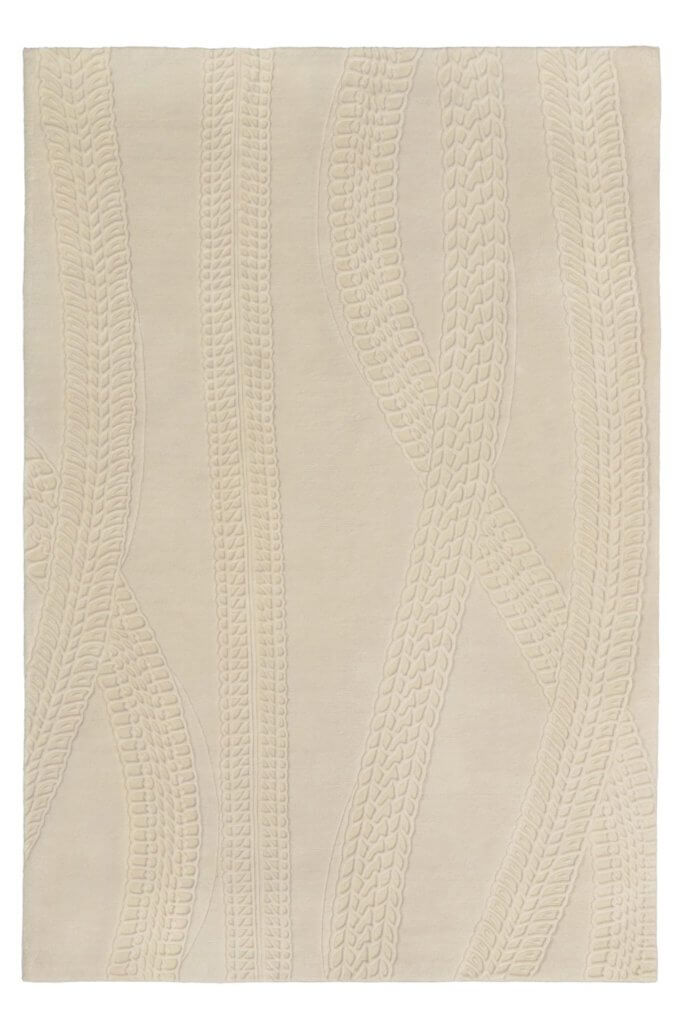
Hand woven 100% wool. 2.73 x 1.82 m
Image courtesy of the artist and Studio_Leigh
The Vintage
When I thought I had nearly made a decision on the rug, I went hunting for an occasional table and an armchair at Alfies Antique Market. How naïve could I be… What I found was this glorious rug by Emilio Pucci from 1966. What can I add to this vibrancy of colours, free-style lines, daring asymmetry and softness that makes me melt all over it? I felt instant happiness when I saw it and that is how I want to feel every time I come home.
Emilio Pucci (1941-1992, Italy) was a fashion designer expressing rhythm and movement through prints. He drew inspiration mostly from the natural landscapes and colours of the Mediterranean but also from his travels. Setting up his atelier in the Pucci family’s grand palazzo in the heart of Florence, Emilio began working closely with expert fabric manufacturers in Italy to pioneer the use of stretch textiles that eschewed the rigidity of cloths largely in circulation at that time. Fittingly, his first boutique was La Canzone del Mare (The Song of the Sea) on the island of Capri. It was during the ‘50s that Pucci began developing his signature prints: graphic, abstract designs inspired by Sicilian mosaics, heraldic banners, Bali Batiks and African motifs. If this rug doesn’t transport you to a vacation by the Med sailing your summer away, it can only mean that you have never experienced the sea. The price tag though, £15,000.
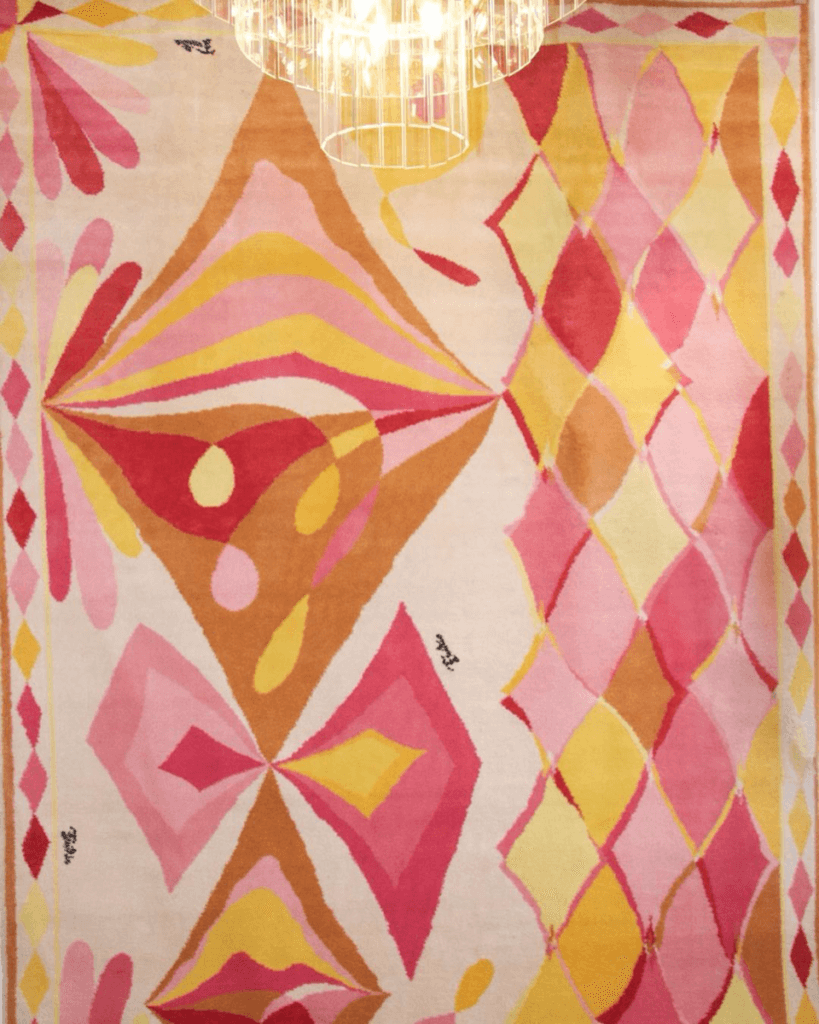
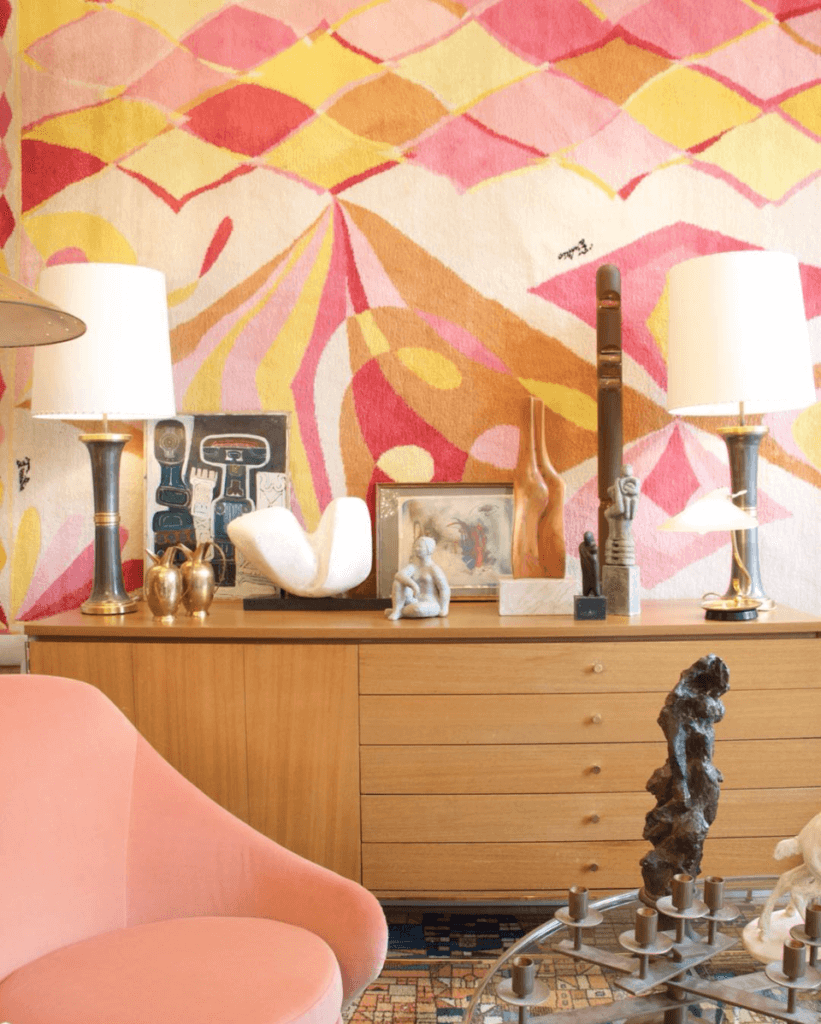

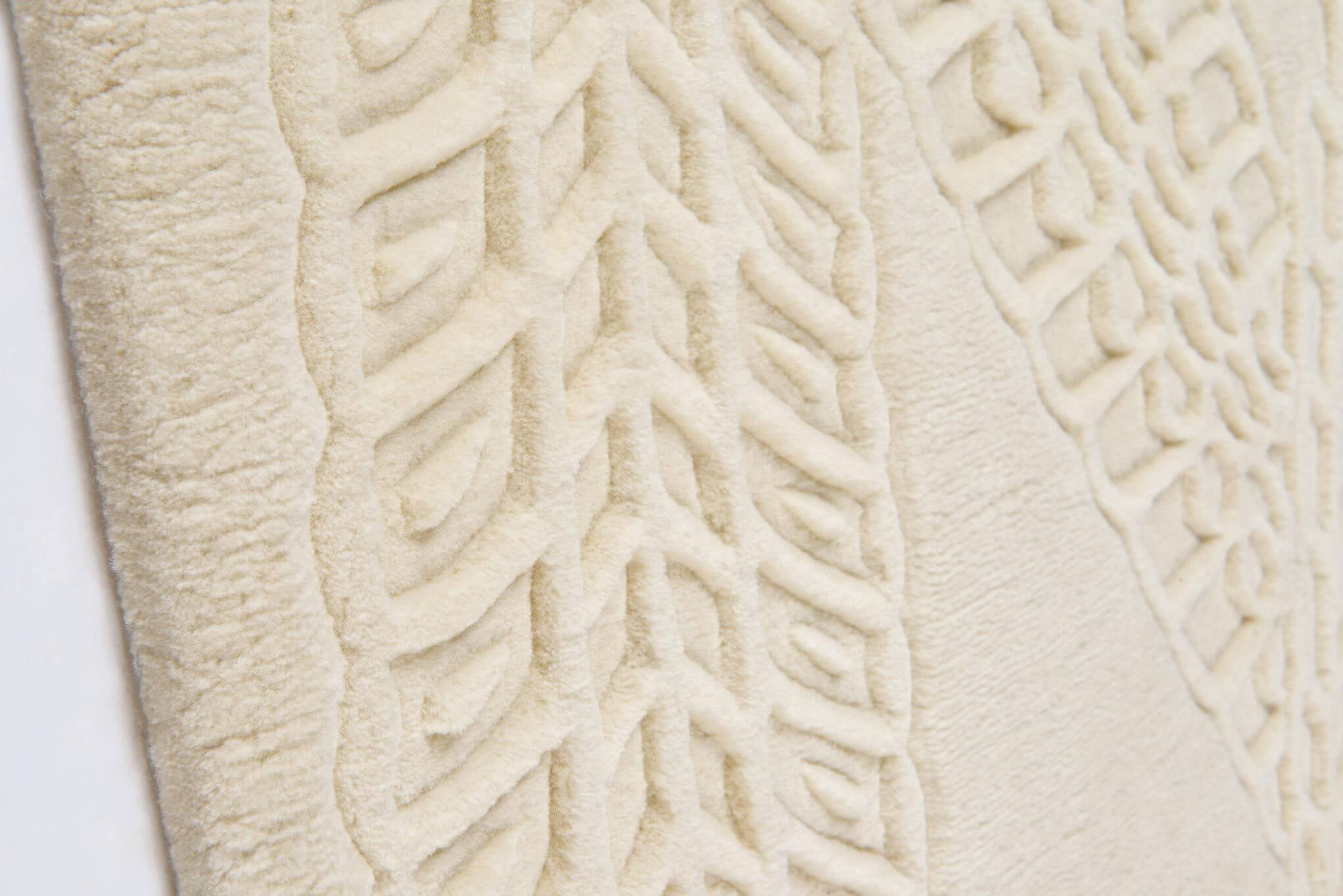


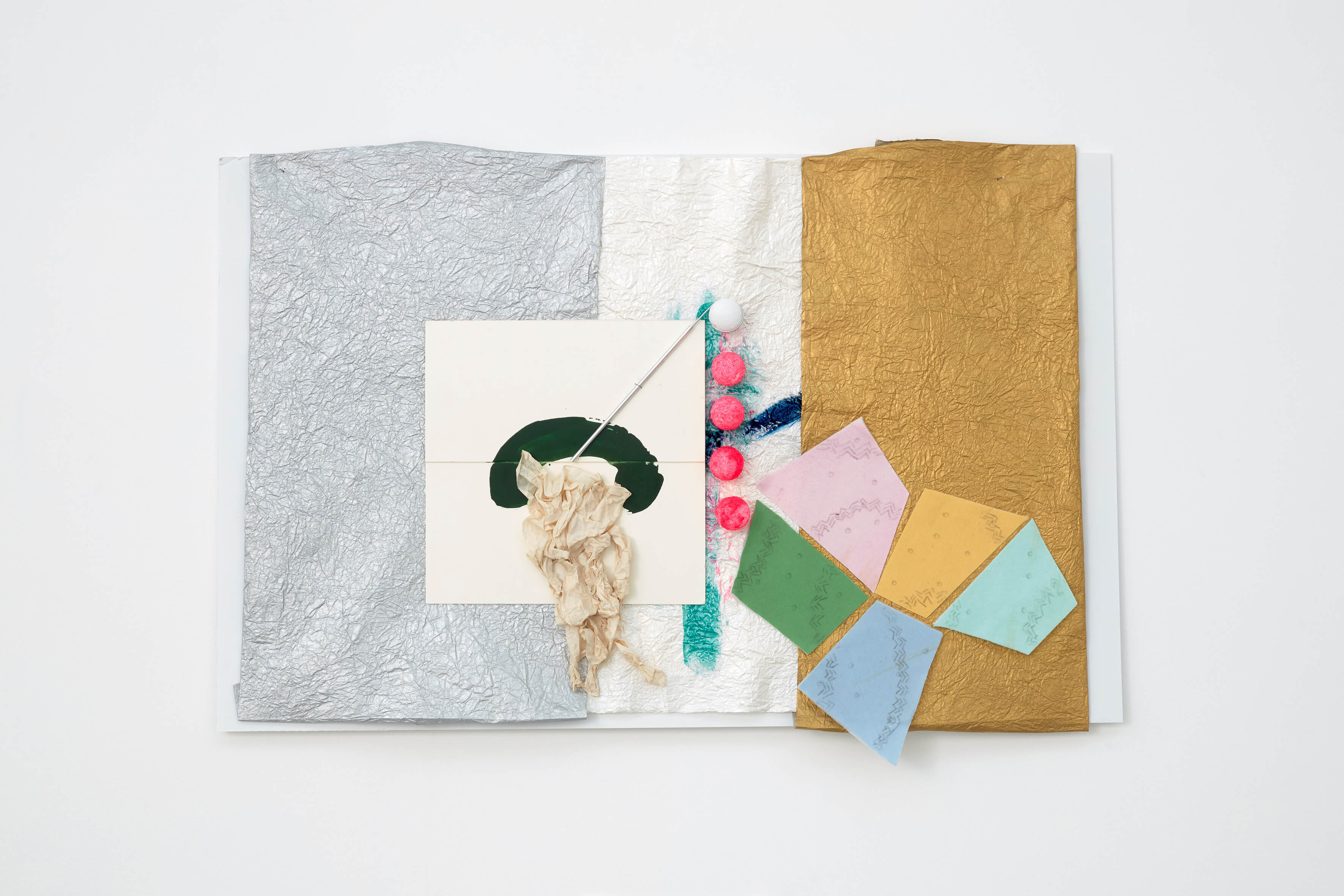
2 Comments
Pucci!
Pucci!
Pucci!
The excitement says it all!